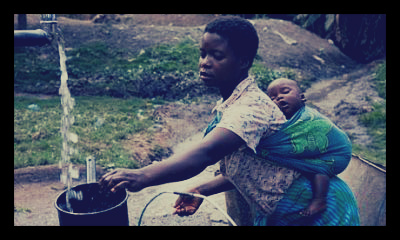 In 2020, more than 140 million girls will be attending a wedding – their own. Of these 150 million girls, 50 million will be attending their own wedding before they have even celebrated their 15th birthday.
In 2020, more than 140 million girls will be attending a wedding – their own. Of these 150 million girls, 50 million will be attending their own wedding before they have even celebrated their 15th birthday.
These numbers are based on current rates of early marriage, according to the UN.
Most child marriages occur in sub-Saharan Africa and South Asia. In fact, nearly half of all young women are married before the age of 18 in South Asia. In Africa, this percentage drops, but only to one-third.
In light of International Women’s Day, whether child marriage should be considered a form of violence against women and children is up for debate. According to UN Women, early marriage increases a girl’s chance of becoming a victim of sexual violence in the home. It also limits a girl’s access to education because she is often expected to have children and take care of her husband and household. It is also associated with increased health risks due to early pregnancy and motherhood.
The Commission on the Status of Women (CSW) was recently presented a petition by the World Young Women’s Christian Association (WYWCA) that urged CSW to help end child marriage by 2030.
Yet, fighting early marriage will be an uphill battle. In many countries and cultures, marrying at a young age is traditional and is not seen as a problem. In some areas, particularly poorer countries, there are not enough resources for girls to continue in school as their male counterparts. Marriage serves as an easy way to justify girls abandoning their education to stay at home. Another issue plaguing poorer countries and people is the practice of a “bride price.” Some fathers will marry their daughters off for the price of a cow, especially during difficult times. According to Catherine Gotani Hara, Health Minister of Malawi, “Someone will come in and give a father a cow for a girl when they are eight or nine years old and when they reach puberty they will give another cow.” Out of need or necessity, a daughter may be worth two cows.
Getting around the barriers surrounding child marriage will require the support of governments and the passing of legislation that raises the legal age of marriage, as well as provides more resources for schools so that girls can reach the same level of education as their male counterparts. Currently, this is what happening in Malawi. The rate of child marriage in Malawi is currently 50 percent but by 2014, the age of legal marriage will hopefully have moved up from 15 to 18. Only time will tell if these steps will help eradicate child marriage.
– Angela Hooks
Source: Guardian
